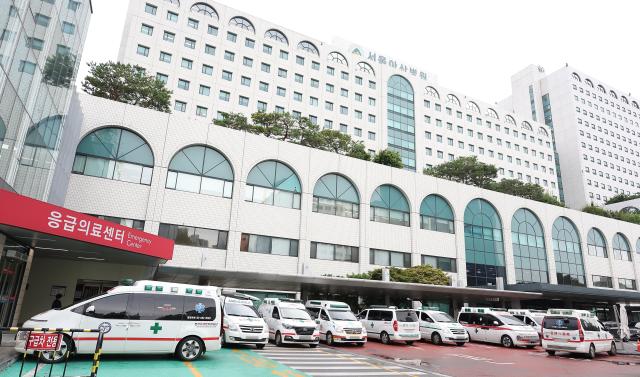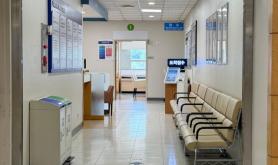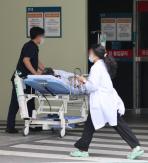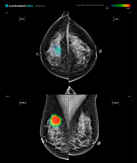
The claims came amid walkouts by trainee doctors protesting the government's radical reform plans over the admission quotas of medical school students.
Some 2,645 ambulances were turned away from emergency rooms due to manpower shortages and a lack of available beds in the first half of this year. More than a dozen of people lost their lives while searching for available emergency rooms.
During a briefing, Park Min-soo, the 2nd Vice Health Minister said, "Although there are some difficulties with emergency medical capacity overall, we are not facing dire situation where we should be concerned about collapse, as some have suggested," Park said.
Park said that some 1,587 doctors are currently working at 180 emergency rooms nationwide, operating at 105-percent capacity. Of some 409 emergency rooms, 406 doctors or about 99 percent are working 24 hours a day, though 6.6 percent or 27 facilities have reduced their number of beds.
As of the end of last month, there were 5,918 emergency beds available, accounting for 97.5 percent of the 6,069 beds available during the first week of February, which is considered to be properly operated.
Park also said that about 73.4 percent of doctors are working in emergency rooms due to the ongoing waves of resignations by trainee doctors.
To address the manpower shortage, the government will implement a 250 percent increase in consultation fees for specialists in emergency rooms and a 200 percent increase for follow-up procedures like surgeries.
Additionally, to mitigate the staff shortage, 15 military doctors will be deployed to hospitals from Wednesday. Starting from Sept. 9, approximately 235 military doctors and public health officers will be sent out in phases, focusing on high-risk facilities.
Copyright ⓒ Aju Press All rights reserved.




